All collectors have their personal preferences.
I have long been a "whole jersey" guy over a "swatch" guy.
I also prefer an autograph on a substantive document over an index card or random blank space.
So, the million-dollar Logoman cards have not really drawn my attention — other the astronomical prices they have commanded.
But as the Michael Jordan-Kobe Bryant Logoman headed for history in the early-morning hours Sunday, I texted with a modern, high-end card collector about what I might be missing. I felt I had an obligation to have an open mind.
Why did this card “deserve” the $12.932 million price tag that makes it the most expensive in hobby history?
The answer? The whole is greater than the sum of its parts.
RELATED STORIES:
- Hobby history! MJ-Kobe Logoman sells for $12.932 million, now most expensive card ever
- 'People want the best:' Why Kobe-MJ logoman represents true scarcity
- Worth it or not? Hobby experts react to record $12.932 million sale
- Top 10 most expensive sports cards of all time
- The 10 most expensive basketball cards ever: A new No. 1 tops the list
- Michael Jordan rookie from secret signing sells for record $2.5 million
I get the idea, and the parts do add up to a one-of-one rarity.
However, the issue here is the parts aren’t that great.
Let's break them all down:
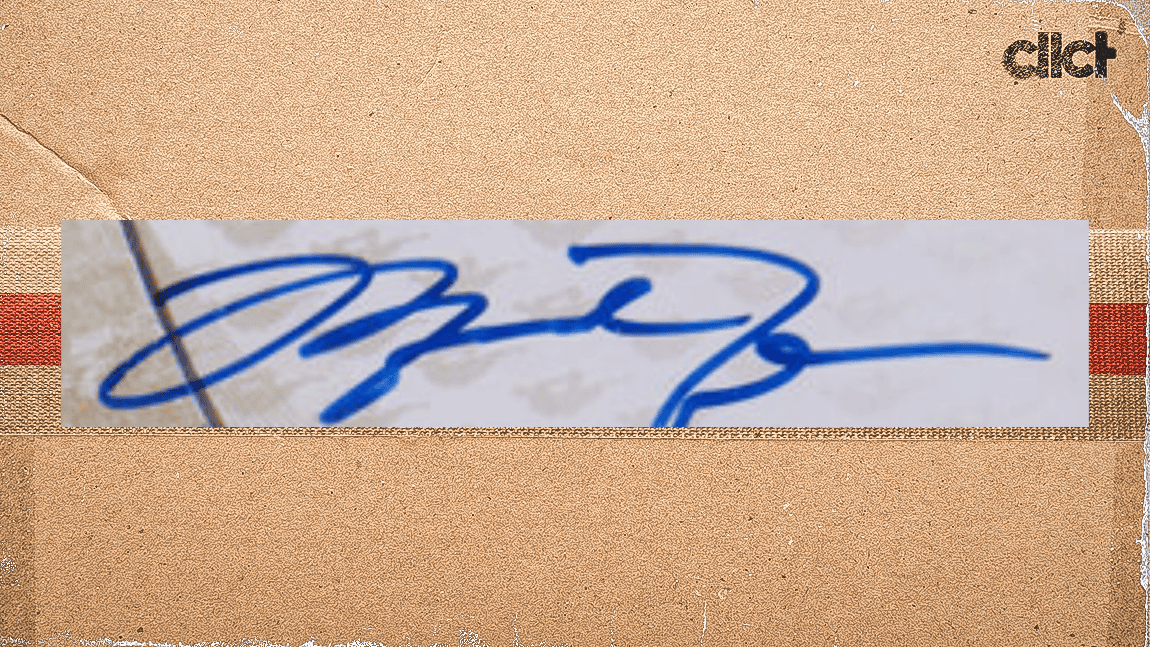
This is Jordan's signature on the card. I understand MJ had only a small box to make an on-card autograph.
But not only does he miss the box, his signature is shortened from his best exemplars. You can’t see the “ichae” in Michael and you can’t see the “d” in the Jordan.
He does this on most cards, but when he has more space, it’s so much better.
Look at the Bulls' United Center floor that was sold last night in the same auction sold for $562,555.
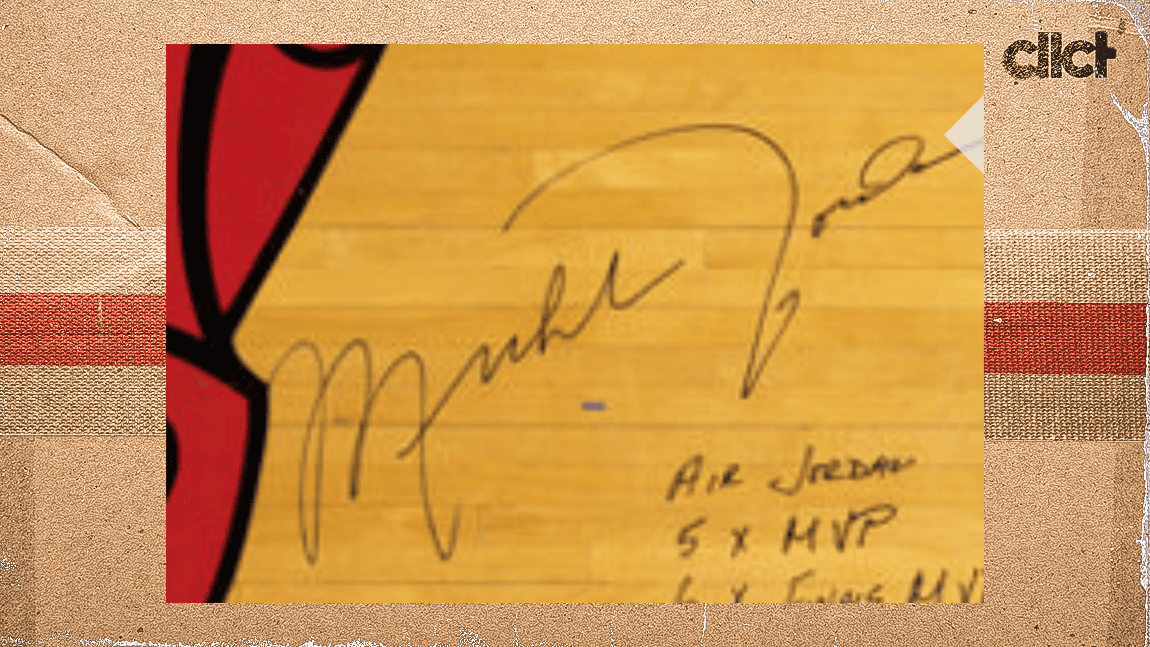
With the autograph above, you get “ich" and "l" in his first name, and the full “ordan” in his last name.
The one on the card is not in the top 25% of Jordan signatures.
The crazy part is neither is the Bryant autograph.
Let’s look at that.
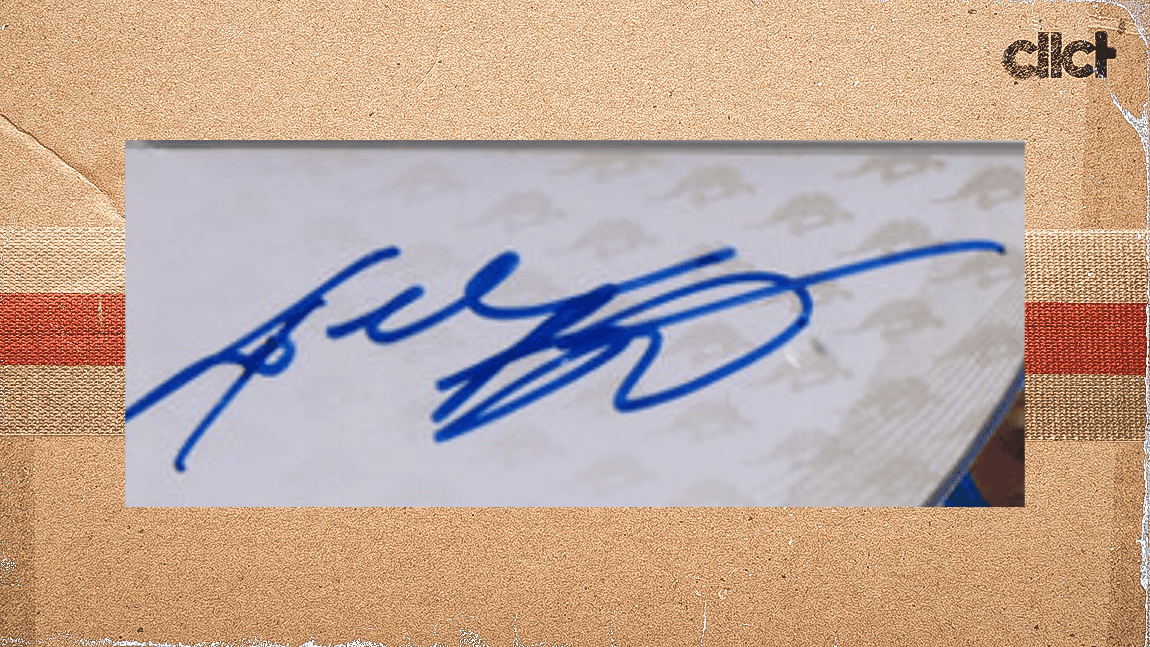
Here, the "K" looks like an "A." In fact, there are no clear letters in Kobe. You get a “b” but you get nothing else. I’d argue this is not in the top 25% of Bryant signatures, either. He has a lot of very clear just “Kobe,” and clear full signatures graded PSA 10 Auto aren’t hard to find.
Let’s look at a full Bryant auto on this 2016 Panini card, which sold for $3,782 at Heritage last month.
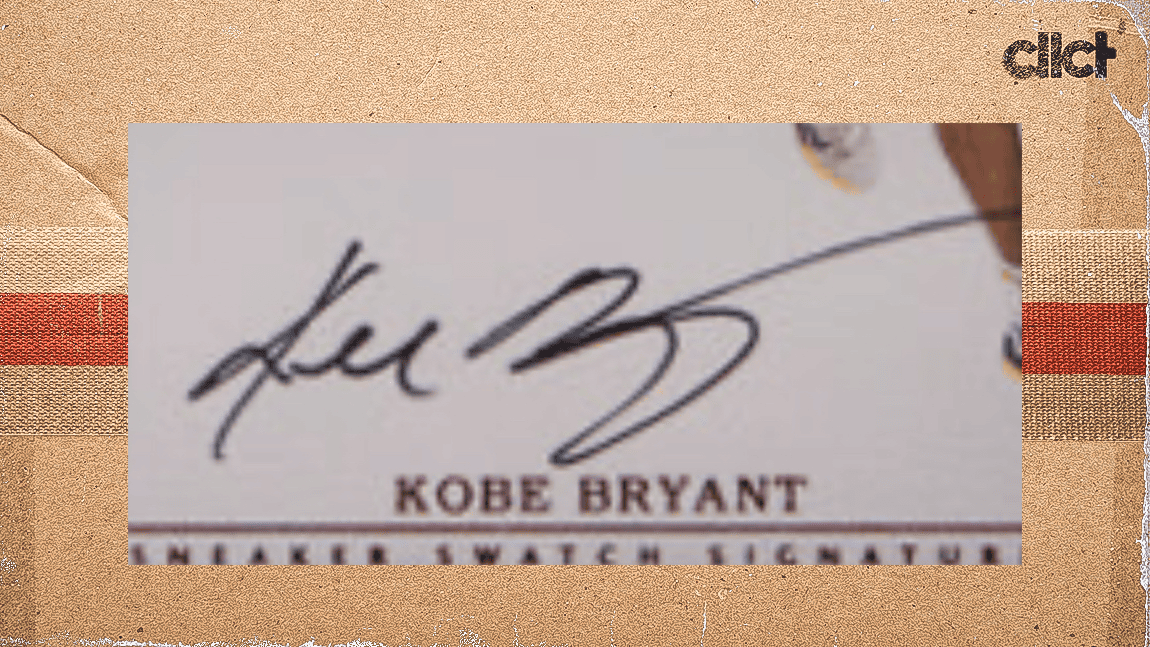
Here, the "K" is better, as are the "b" and "e" in his first name.
The "B" in Bryant might not be as good, but the "y" comes down here. There is no "y" visible in the record-breaking card.
There’s likely a reason the consignor didn’t have these autographs graded.
Now let’s analyze the logo pieces.
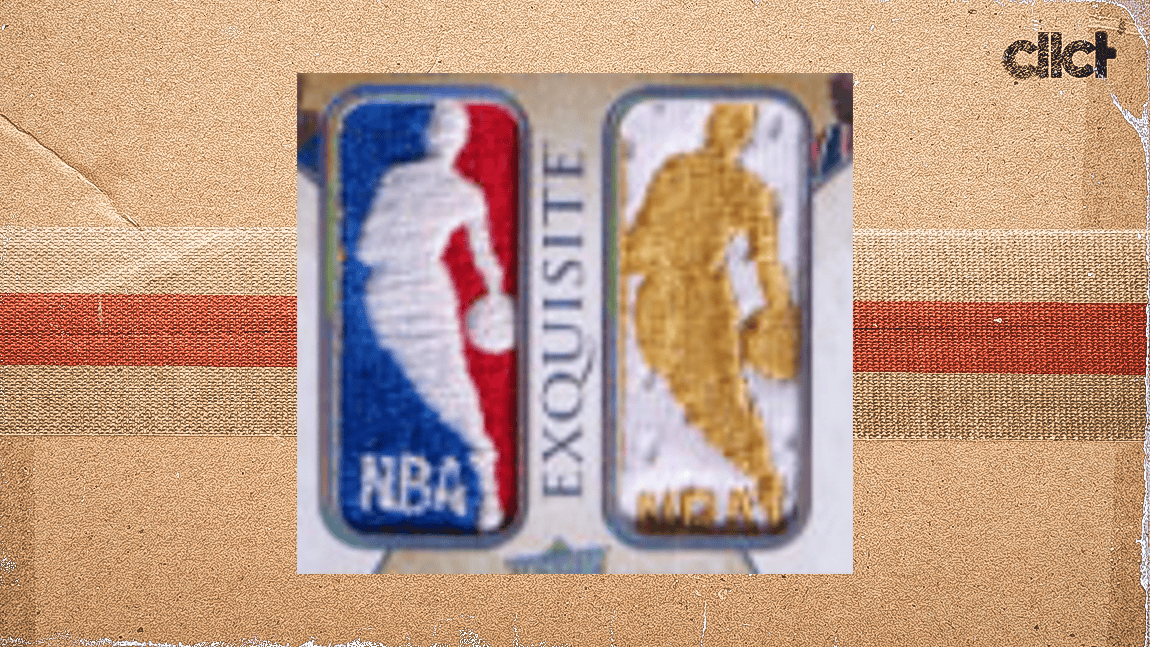
On the back of the card, we get the Upper Deck guarantee, which does not detail how the logo patches were obtained, who the company obtained them from, when they were obtained or what games they were used in.
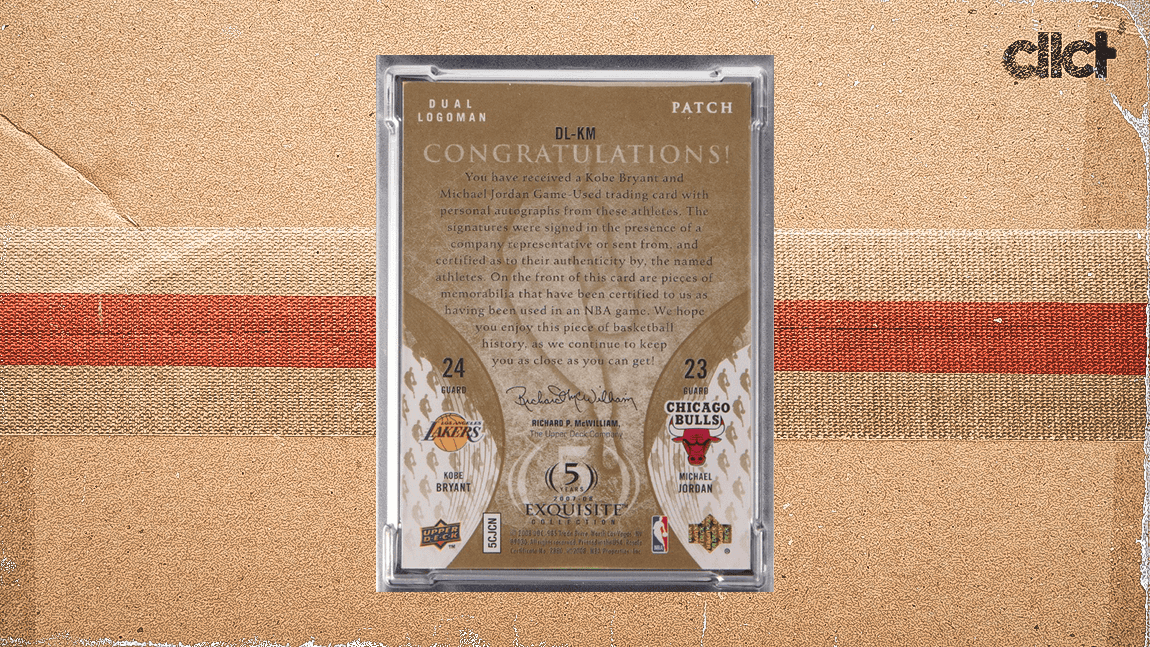
This explanation might have been OK when this card came out as a $75,000 card. But are these assurances good enough for a $12.9 million card? I’d argue no way.
I get the 1/1 ... and the pack-pulled aspect ... and how important the Logoman cards are to modern collecting.
But the first emotion when the buyer shows this to someone is going to be, “That’s the $13 million card?” or “That’s the most expensive card ever?” It will have nothing to do with the actual elements of the card itself, which is a shame.
Darren Rovell is the founder of cllct and one of the country's leading reporters on the collectibles market. He previously worked for ESPN, CNBC and The Action Network.

